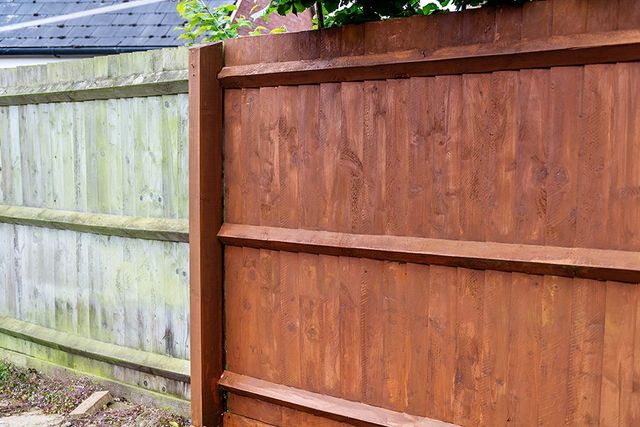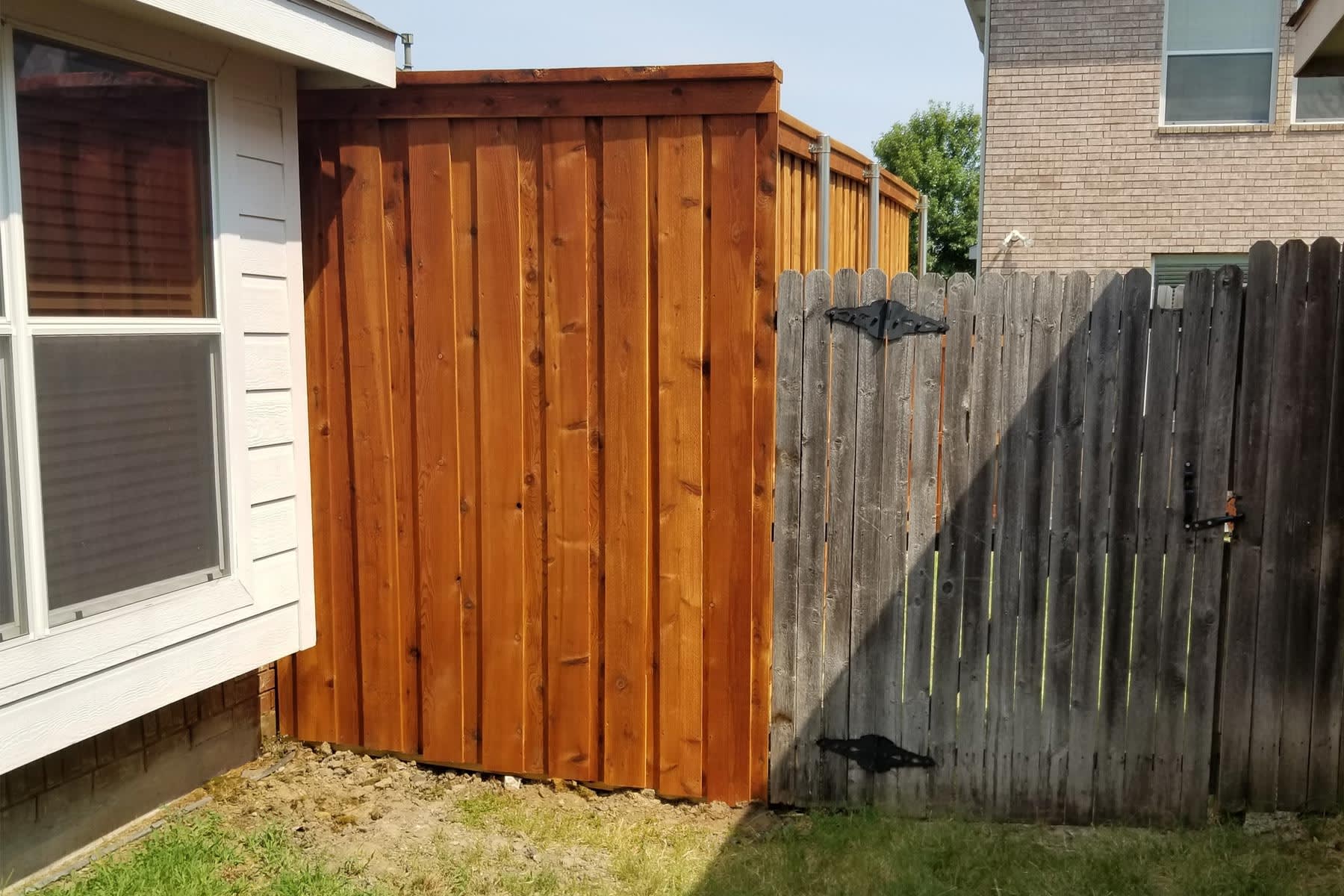Just How to Accomplish Professional Outcomes With Deck Staining
The process of changing an aging deck into a rejuvenated exterior room needs more than just a layer of discolor; it requires a systematic approach and focus to information. From selecting the appropriate stain for your deck's wood type to mastering the application method, each step plays a crucial role in the last result.
Picking the Right Spot
Selecting the appropriate tarnish for your deck is an important choice that considerably affects the general look and longevity of the finish. When choosing a discolor for your deck, it is important to think about both the aesthetic preferences and the functional elements of the item. The very first consideration is whether you favor a clear, semi-transparent, or solid color stain. Transparent spots allow the all-natural elegance of the timber to reveal with but offer much less UV security. Semi-transparent discolorations offer a concession between shade and timber grain presence while using moderate UV protection. Strong shade discolorations, on the other hand, provide the many UV defense and offer a wide variety of shade choices but will entirely hide the timber grain.

Additionally, consider the sort of wood your deck is constructed from, as different discolorations are created to function best with certain timber types. Recognizing the degree of upkeep you want to dedicate to is also vital, as some discolorations might need even more frequent reapplication than others. By carefully thinking about these variables, you can select a stain that not only enhances the appearance of your deck yet additionally protects it for many years ahead.
Preparing the Deck Surface
When thinking about deck staining, the preliminary action in the direction of achieving professional results involves extensively preparing the deck surface. Effectively preparing the deck surface area is critical as it ensures that the stain sticks well and provides durable defense to the timber. The initial task in preparing the deck surface area is cleaning up. Utilize a pressure washer or a deck cleaner to get rid of dust, mildew, and old stains (concrete sealing near me). Enable the deck to dry totally before continuing to the following step.
Fining sand the deck surface area is likewise vital to smooth out any type of rough locations and open up the wood pores for better tarnish penetration. Utilize a medium-grit sandpaper to sand the deck in the instructions of the timber grain.
Lastly, secure any nearby plants, furnishings, or surface areas from potential damages by covering them with plastic sheeting or ground cloth. Making the effort to completely prepare the deck surface establishes the foundation for an effective discoloration job and makes sure professional-looking outcomes.
Using the Stain
To accomplish a specialist finish when tarnishing a deck, precise application of the stain is essential. Start by guaranteeing suitable climate condition - a dry day with temperatures in between 50-90 ° F is optimum. Before start, extensively stir the tarnish to ensure an even consistency. Utilize a brush, sprayer, or roller , relying on the dimension and details of the deck. Begin applying the tarnish in the furthest corner from your exit factor to avoid tipping on fresh discolored areas. Operate in convenient sections, generally 2-3 boards at a time, relocating along the size sites of the boards to stop lap marks. Apply the discolor equally, complying with the wood's grain to boost the deck's natural elegance. Be cautious for drips, merging, or uneven protection, smoothing them out promptly. If needed, enable the initial layer to completely dry totally prior to taking into consideration a second coat. deck staining franklin. Bear in mind to follow the producer's instructions concerning drying times and cleaning. Web Site By applying the tarnish meticulously, you'll achieve a professional-looking finish that enhances both the look and durability of your deck.
Ensuring Proper Drying Time
Guaranteeing appropriate drying out time post-staining is vital to the general success of the deck project, as it enables the discolor to properly set and bond with the wood surface. Hurrying this phase can cause a series of concerns, consisting of uneven coloring, bad attachment, and a much shorter life expectancy for the finish. The drying time called for can vary based on variables such as the sort of tarnish made use of, weather condition problems, and the porosity of the wood. As a basic guideline, a lot of deck spots will need at least 24-48 hours to dry fully.
During this drying out period, it is important to maintain the deck surface area free from any kind of foot traffic, furnishings, or other things that may interrupt the surface. Furthermore, it is vital to stay clear of direct exposure to moisture, such as rainfall or dew, which can compromise the drying process. When gently rubbed, effectively dried out discolor will certainly feel dry to the touch and will not leave any kind of residue on your fingers. Making the effort to guarantee thorough drying will certainly contribute significantly to the durability and look of your tarnished deck.
Keeping Your Stained Deck
Correct upkeep of a discolored deck is crucial for maintaining the honesty and appearance of the finish achieved via comprehensive drying. To keep your discolored deck properly, routine cleansing is critical.

Verdict
Finally, attaining professional results with deck staining includes choosing the proper discolor, correctly preparing the deck surface area, using the discolor uniformly and constantly, allowing for sufficient drying time, and keeping the tarnished deck consistently. By complying with these actions carefully and attentively, you can guarantee a beautifully stained deck that enhances the appearance and durability of your outdoor area.

Correct upkeep of a tarnished deck is important for protecting the stability and appearance of the coating attained via complete drying out.